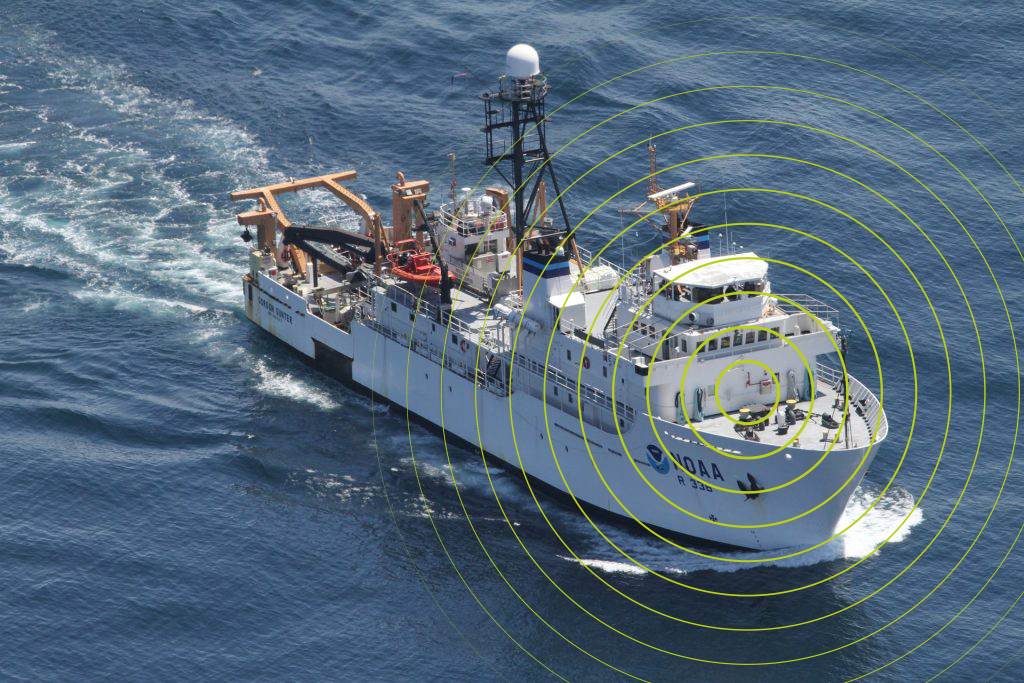Vessel noise can be dominated by noise and vibrations due to electric motors.
Acoustic noise and vibration levels of a ship can be limited for on-board passenger comfort (e.g. cabin noise on cruise liners) or crew members health (e.g. noise in engine room), but it can be also a matter of discretion (e.g. scientific research vessels) or security (e.g. submarines). Underwater noise of ships mainly come from propulsion machinery, which is usually electrified using a diesel to electric generator in large ships. The noise and vibration levels are defined by some standards such as ICES 209 (SILENT classes) and DNV GL.
Electrical machines responsible for magnetic noise and vibration annoyances in marine applications include
- electric propulsion motors
- bow and azimuth thruster motors, rim-driven thrusters
- pumps
Manatee simulation software allows to control the noise level of these components during their whole development cycle, from early design stage to system-level detailed design stage, including specialized e-NVH analysis and mitigation tools.
Complementary to Manatee e-motor NVH virtual prototyping capabilities, EOMYS Engineering can characterize vibro-acoustic issues with advanced electrical, vibration and acoustic measurements and implement suitable electrical, control and mechanical solutions after manufacturing. Regular technical trainings on e-NVH are also provided.

